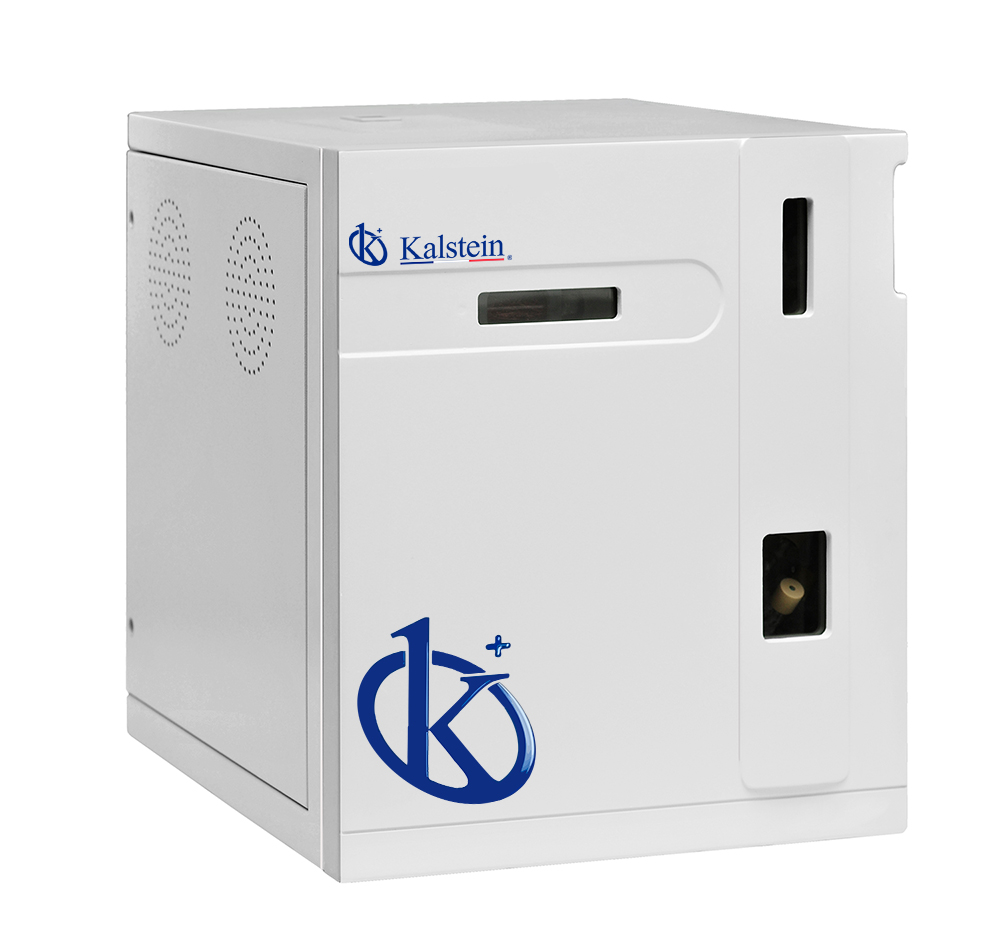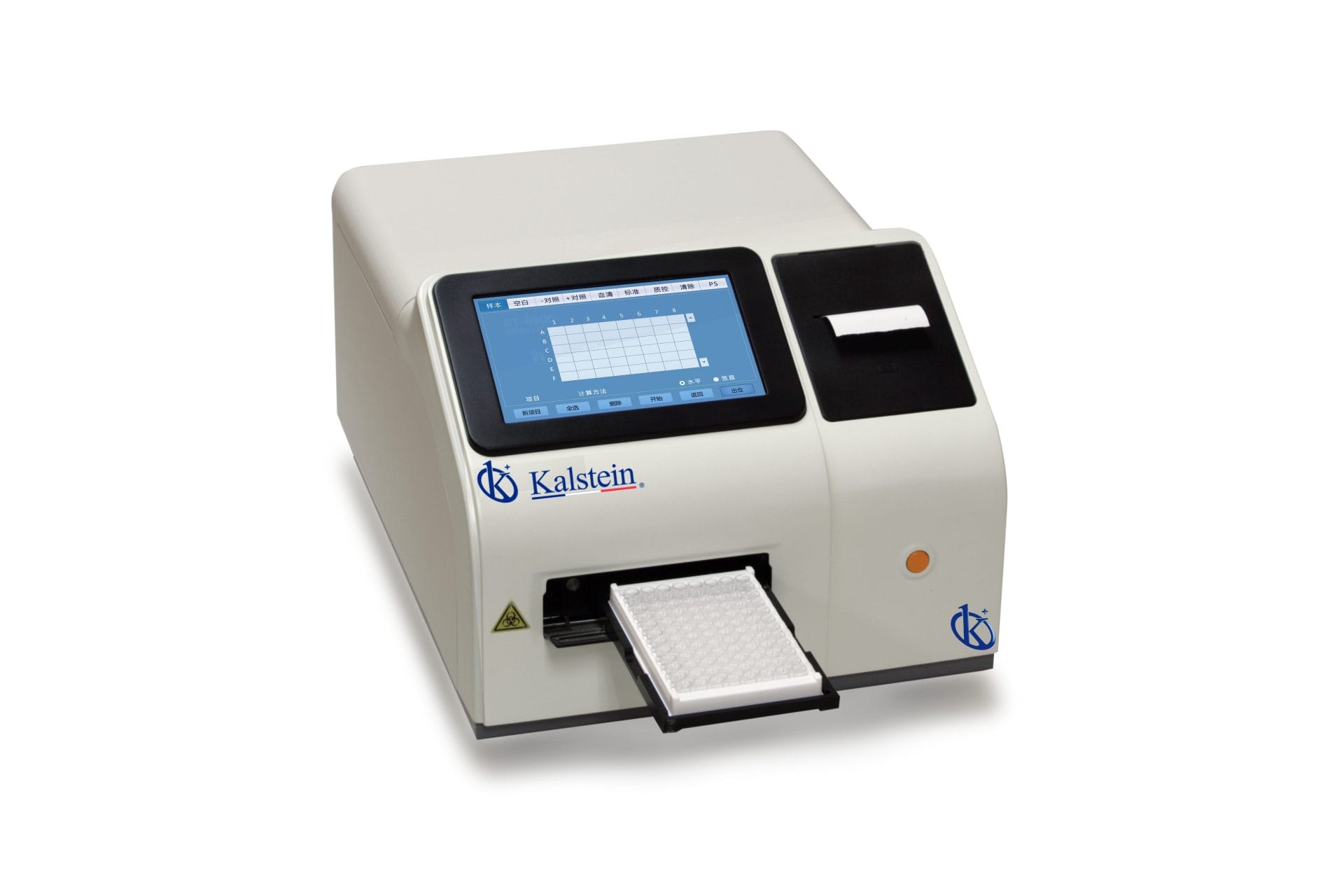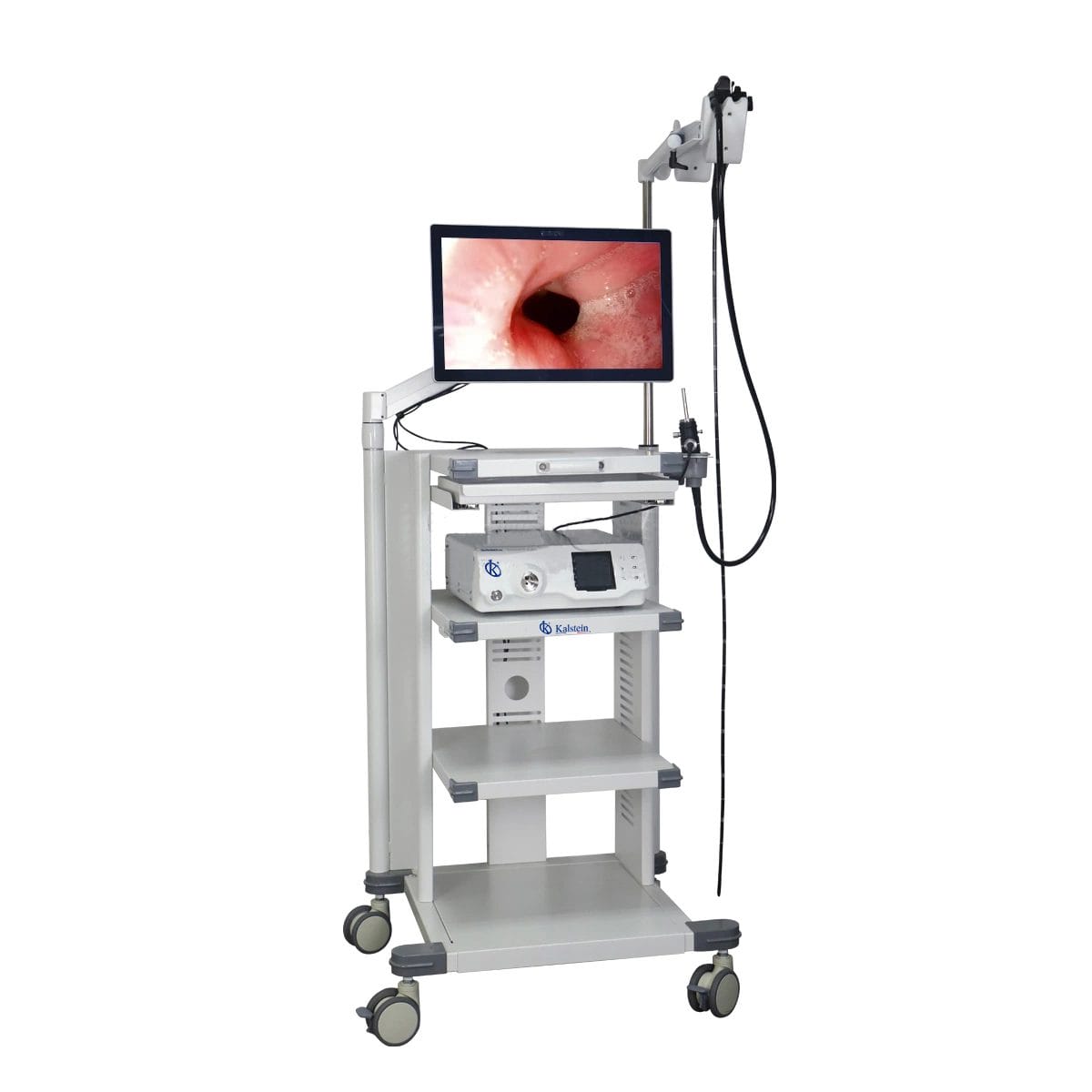In the world of analytical chemistry, the right tools can be the difference between good quality analysis and incorrect data interpretation. One such tool is the Total Organic Carbon (TOC) Analyzer, a must-have technique for monitoring water quality in various industries. But how do we ensure that this vital device performs at peak efficiency? The answer is through a meticulous calibration process.
The TOC, or in broader terms, a Total Organic Carbon Analyzer, is essential for determining the amount of dissolved organic carbon in a water sample. However, to ensure its accuracy, it needs a continuous calibration process. This not only ensures the accuracy of the data collected, but also helps to extend the lifetime of the device.
Calibration of the Total Organic Carbon Analyzer
Step 1: Preparation of the Calibration Sample
The process begins by preparing the calibration sample. This involves creating a series of solutions with known concentrations of organic carbon, which will then be used to calibrate the TOC analyzer.
Step 2: Performing the Injection Procedure
Once the solutions have been prepared, the next step is to inject these samples into the analyzer device, one at a time. This process facilitates the creation of a calibration curve.
Step 3: Create a Calibration Curve
This is where the readings from the device are analyzed against the known concentrations of the injected samples. The resulting data is used to plot a calibration curve. This curve will serve as a reference point for future analyses performed by the Total Organic Carbon Analyzer.
Step 4: Checking and Possible Recalibration
Finally, a check of the results is performed. If the values obtained are not within the predefined tolerance, a recalibration should be performed.
Regular Calibration: An Absolute Necessity
To ensure the long-term accuracy and reliability of any Total Organic Carbon Analyzer, regular calibration is a vital process. It is recommended to perform calibration before each set of measurements to ensure the most accurate results. Under heavy use conditions, weekly calibration checks are also recommended.
In summary, calibration of a Total Organic Carbon Analyzer is a process that requires meticulous attention and regularity. However, the benefits of this practice – increased accuracy, reliability and longer device life – make this effort well spent. By following these key steps, any laboratory or industry can keep their TOC analysis equipment running at peak performance and ensure the accuracy of their analysis.
What we offer at Kalstein
If you want to buy at the best price, visit us HERE where you will find the different Kalstein YR models of TOC analyzers, which are available for any requirement of health centers, in addition to having the best advisors to accompany you during the purchase process. We at Kalstein as a manufacturing company, also have for you a 3D platform, where users, manufacturers and distributors can sell, rent or offer new or used equipment anywhere in the world, enjoy being seen, you are more.




